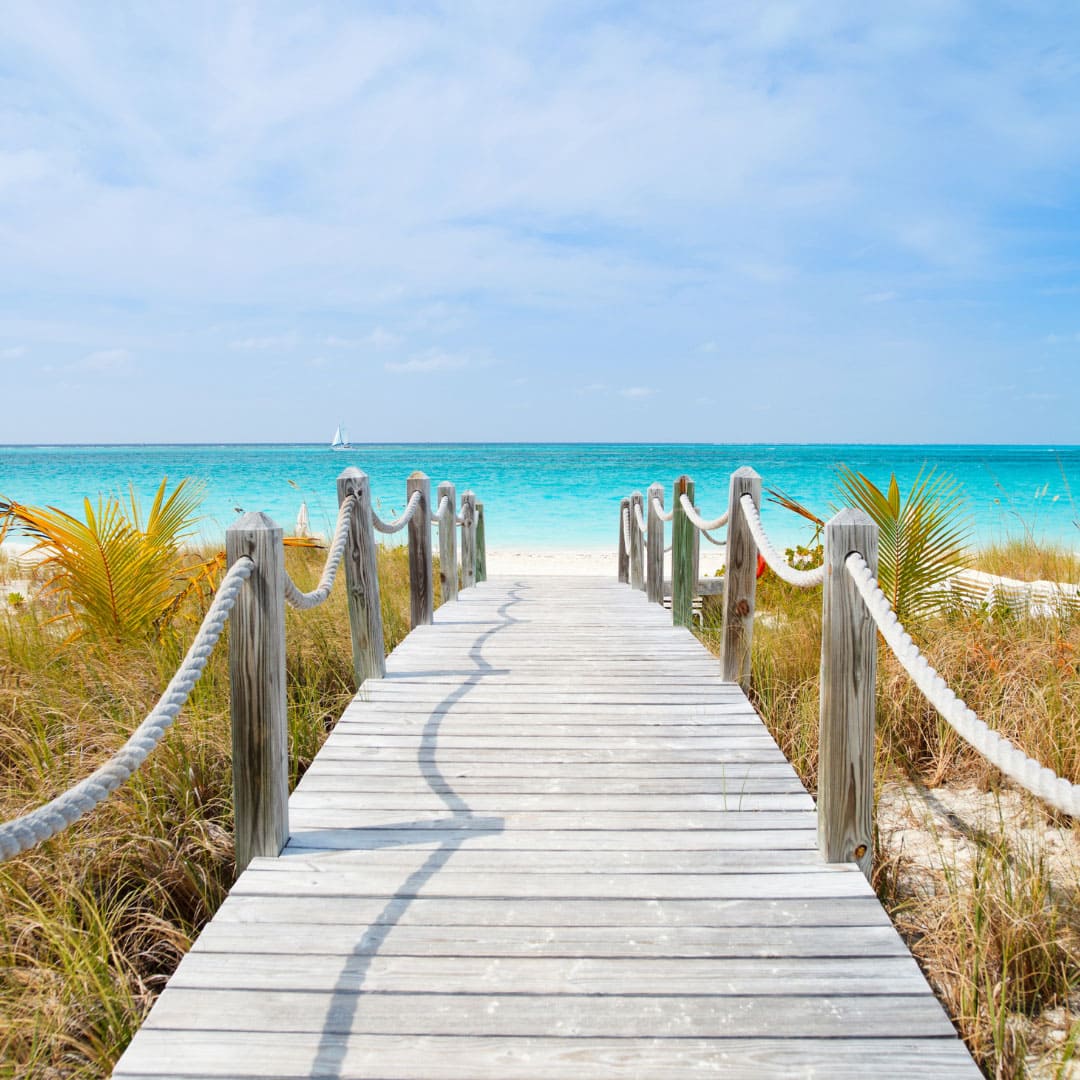For 28 years Anna Maria Island Turtle Watch has coordinated conservation efforts for 12 miles of the Manatee County shoreline. Every year between May 1 and October 31, 100% of AMI’s shoreline is monitored by trained staff and volunteers who walk the beach every morning around 7:00 a.m. documenting the shoreline habitat status and trends in sea turtle nesting. Walkers report the female crawls from the night before and flag the location and also report locations of hatchling emergence.
In nearly three decades, AMITW has monitored over 6500 turtle activities, protected over 3500 nests, over 29,000 turtle eggs, and watched over 215,000 hatchlings depart to become a future generation of loggerheads that will return to the region as they reach maturity — in about 30 years.
Why is monitoring important? Sea turtle eggs directly and indirectly affect the vegetation, species distribution and stability of sandy shorelines. By supplying a concentrated source of high-quality nutrients, sea turtles improve their own nesting beaches. Limited nutrients in dune ecosystems, such a nitrogen, phosphorus, and potassium are partially provided to the ecosystem by unhatched sea turtle eggs. These vital nutrients allow for the continued growth of vegetation and subsequent stabilization of beach dunes. Plant growth not only helps to stabilize the shoreline, but also provides food for a variety of plant eating animals and therefore can influence species distribution. Dune stabilization also helps secure beach front homes from storm damage.
AMITW & Shorebird Monitoring coordinates with county, state and federal efforts to conserve sea turtles — particularly loggerheads since Manatee and Sarasota Counties host the highest density of loggerhead nests in the Gulf of Mexico.
Contact: 941-778-5638 | Tours: 248-982-5600
Connect: Website | Facebook
Photo courtesy of AMITW’s Facebook page.





